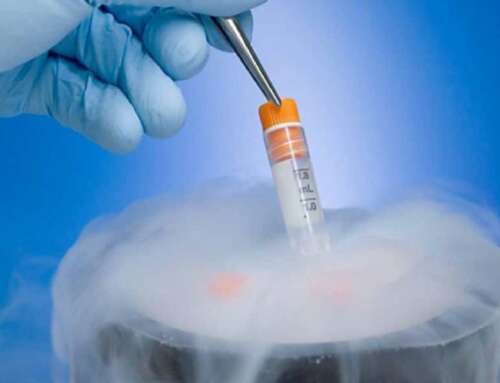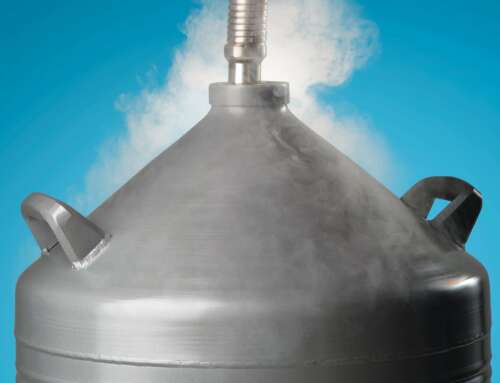In today’s rapidly evolving industrial landscape, efficiency is paramount. Industrial plants face constant pressure to streamline operations, reduce costs, and minimize downtime. One often overlooked yet crucial component in achieving these objectives is vacuum-jacketed piping. In this comprehensive guide, we delve into the significance of vacuum-jacketed piping systems, their applications, and why choosing the right manufacturer matters.
1. Understanding Vacuum Jacketed Piping
What is Vacuum Jacketed Piping?
Vacuum Jacketed Piping, also referred to as vacuum insulated piping, stands out as a unique solution for transporting cryogenic fluids such as LN2, LH2, LAR, LOx, and C0x at extremely low temperatures. Unlike traditional insulated piping, it features a double-walled construction with a vacuum layer between the inner and outer pipes. This vacuum layer acts as a highly efficient thermal insulator, significantly reducing heat transfer and maintaining the temperature of the transported fluid.
How Does Vacuum Jacketed Piping Work?
The principle behind vacuum jacketed piping is simple yet ingenious. By creating a vacuum between the inner and outer pipes, heat transfer through conduction and convection is greatly reduced. This ensures that the cryogenic fluid remains at the desired temperature throughout the transportation process, preventing costly losses due to temperature fluctuations.
Benefits of Vacuum Jacketed Piping in Industrial Applications
- Enhanced Thermal Efficiency: Vacuum insulation significantly reduces heat ingress, resulting in minimal temperature loss during fluid transportation.
- Cost Savings: Lower heat transfer means reduced energy consumption and operational costs over the long term.
- Minimal Maintenance: Vacuum jacketed piping systems are designed for durability and require minimal maintenance, leading to increased reliability and uptime.
2. Applications of Vacuum Jacketed Piping in Industrial Plants
Cryogenic Applications: Transporting Gases and Liquids
In industries such as aerospace, biomedical, and semiconductor, vacuum jacketed piping plays a crucial role in transporting cryogenic fluids safely and efficiently. Whether it’s liquefied gasses like nitrogen, oxygen, or helium, or cryogenic liquids such as liquid nitrogen or liquid oxygen, vacuum jacketed piping ensures precise temperature control and uncompromised product integrity.
Chilled Distribution: Maintaining Temperature Integrity
Vacuum-jacketed piping systems excel in industries where maintaining consistent temperatures is essential, such as semiconductor manufacturing and biomedical research. Whether it’s controlling the temperature of electronic components or freezing biological samples to preserve them for future use, vacuum-jacketed piping ensures that products can be stored and transported at their desired temperatures without any fluctuations.
Process Industries: Enhancing Efficiency and Safety
Vacuum jacketed piping is instrumental in conveying various fluids and gasses used in production processes. From cryogenic cooling to handling corrosive chemicals, vacuum jacketed piping systems provide a reliable and safe means of fluid transportation, contributing to overall operational efficiency and worker safety.
3. Design and Components of Vacuum Jacketed Piping
Construction Materials and Insulation Layers
Vacuum jacketed piping systems are typically constructed from high-quality materials such as stainless steel for the inner pipe and outer jacket. The vacuum insulation layer, often composed of multiple layers of reflective materials and spacers, ensures maximum thermal efficiency while maintaining structural integrity.
Inner and Outer Piping Systems
The inner pipe carries the cryogenic fluid, while the outer jacket provides additional insulation and protection. The space between the inner and outer pipes is evacuated to create a vacuum, minimizing heat transfer and maintaining the desired temperature.
Valves, Fittings, and Other Components
To ensure seamless operation and compatibility with existing infrastructure, vacuum jacketed piping systems are equipped with a range of valves, fittings, and other components designed for cryogenic applications. These include Cryogenic Valves Manufacturers, expansion joints, and flexible connectors, all engineered to withstand extreme temperatures and pressures.
4. Installation and Maintenance Best Practices
Proper Installation Techniques for Maximum Efficiency
Correct installation is critical to the performance of vacuum jacketed piping systems. Careful attention must be paid to factors such as pipe routing, support spacing, and insulation integrity to minimize heat ingress and ensure optimal thermal efficiency.
Routine Maintenance and Inspection Procedures
While vacuum jacketed piping systems are designed for durability and reliability, regular maintenance and inspection are essential to identify and address any potential issues before they escalate. This includes periodic checks for insulation integrity, valve functionality, and vacuum integrity to ensure continued performance and safety.
5. Choosing the Right Vacuum Jacketed Piping Solution
Factors to Consider When Selecting Vacuum Jacketed Piping
- Performance Requirements: Consider the specific temperature, pressure, and flow rate requirements of your application.
- Customization Options: Look for manufacturers that offer customizable solutions tailored to your plant’s unique needs.
- Reliability and Reputation: Choose a reputable manufacturer with a proven track record of delivering high-quality vacuum jacketed piping systems.
- Cost-effectiveness: Evaluate the total cost of ownership, including installation, maintenance, and energy consumption, to ensure long-term cost-effectiveness.
Evaluating Cost-effectiveness and Long-term Benefits
While upfront costs may be higher compared to traditional piping systems, the long-term benefits of vacuum jacketed piping in terms of energy savings, operational efficiency, and product integrity far outweigh the initial investment. By choosing the right vacuum jacketed piping solution from a trusted manufacturer, industrial plants can unlock significant cost savings and performance improvements over the life of the system.
Conclusion
Vacuum jacketed piping plays an important role in enhancing efficiency, safety, and reliability in industrial plants across various sectors. By understanding the importance of vacuum jacketed piping systems, selecting the right manufacturer, and adhering to best practices in installation and maintenance, industrial plant operators can optimize their operations and achieve lasting success in today’s competitive landscape.



